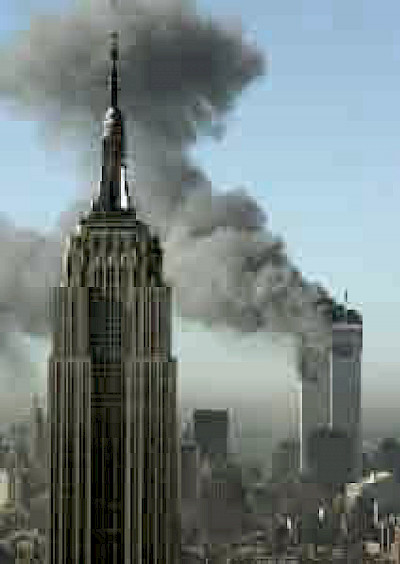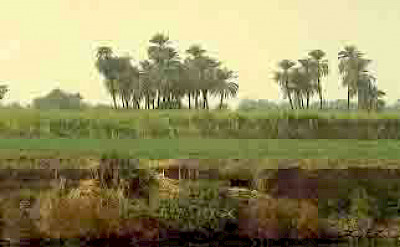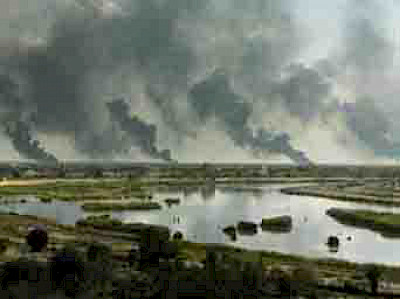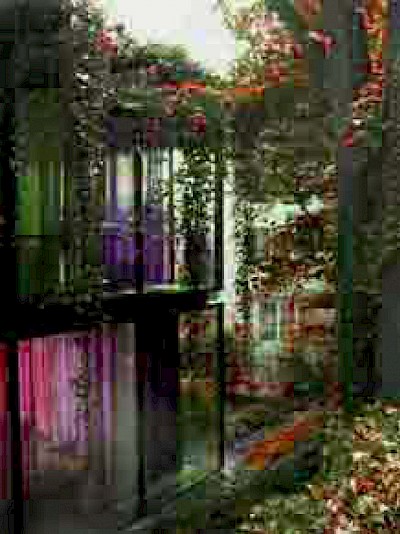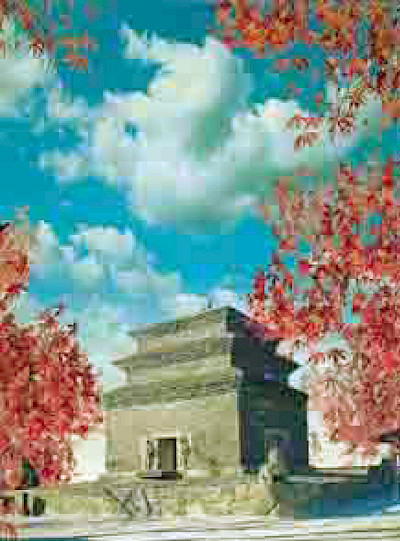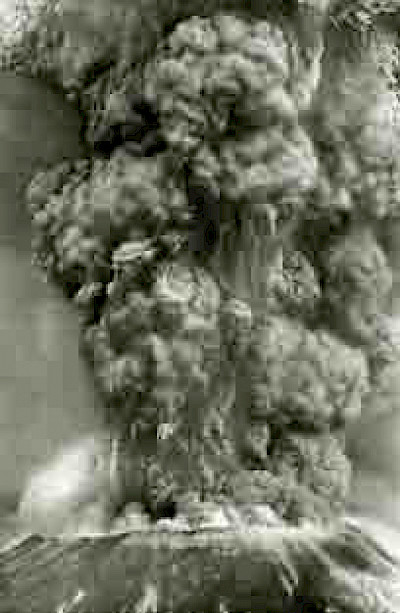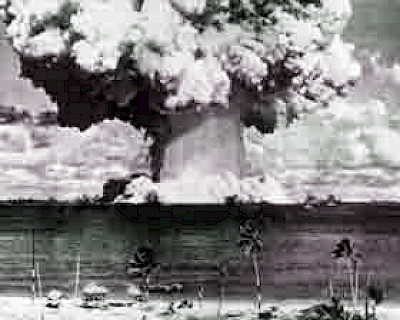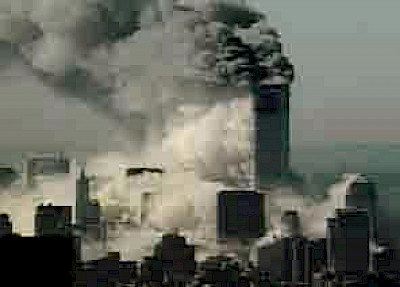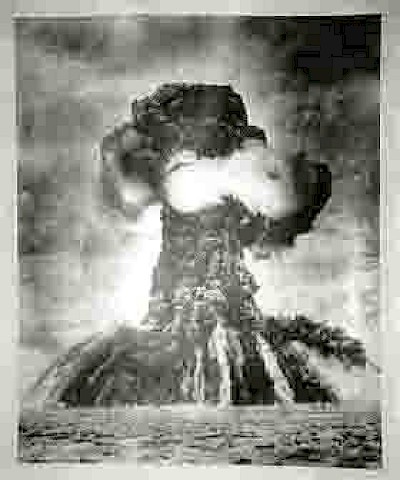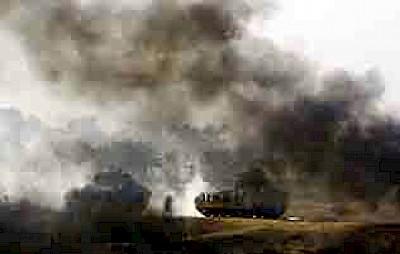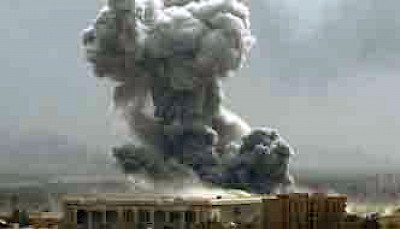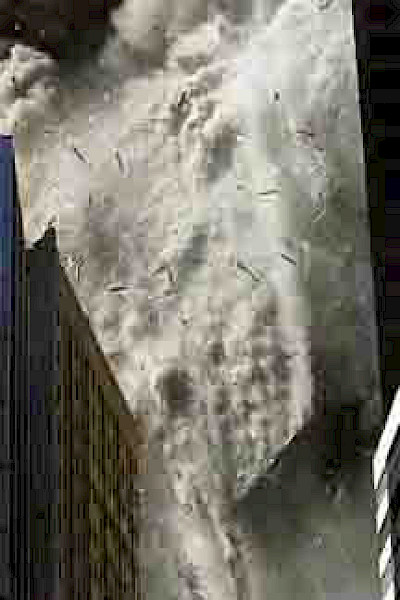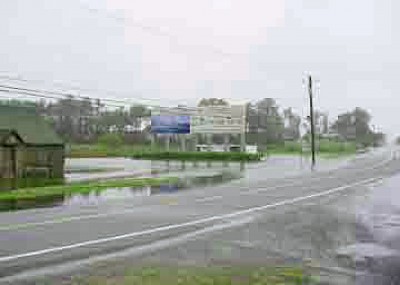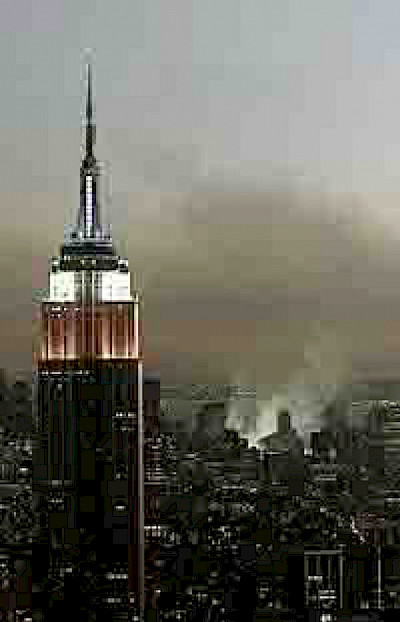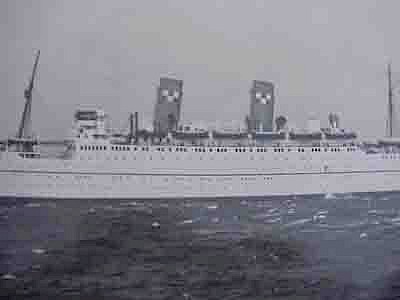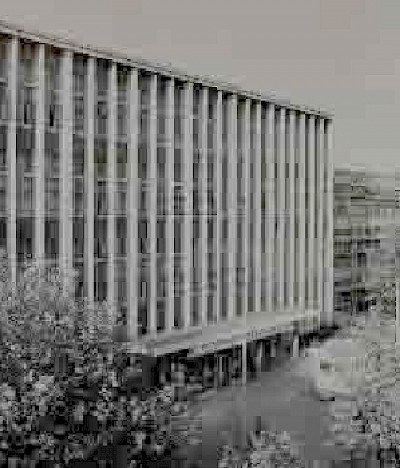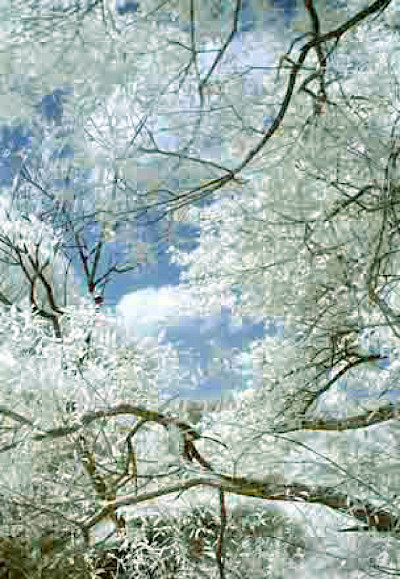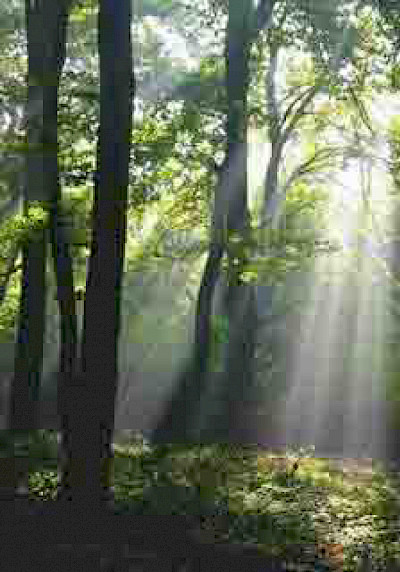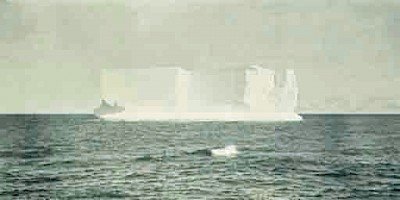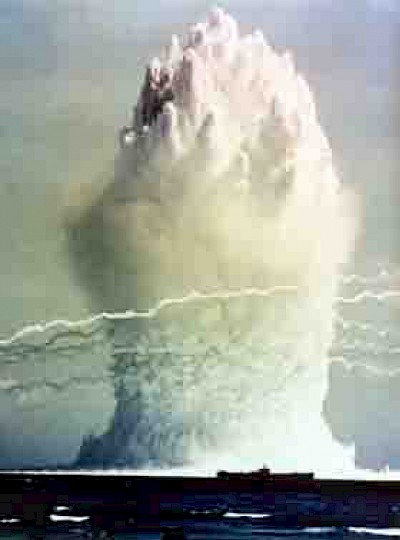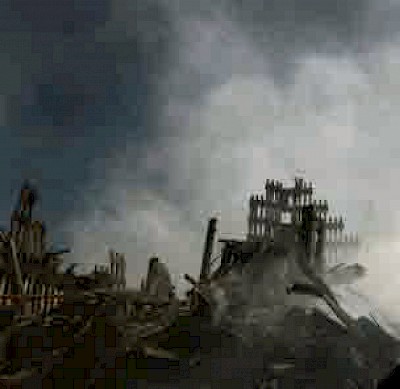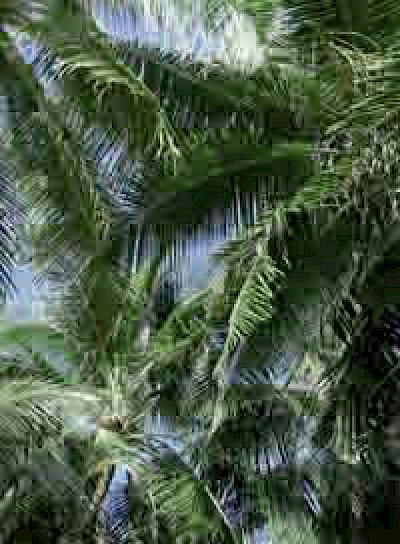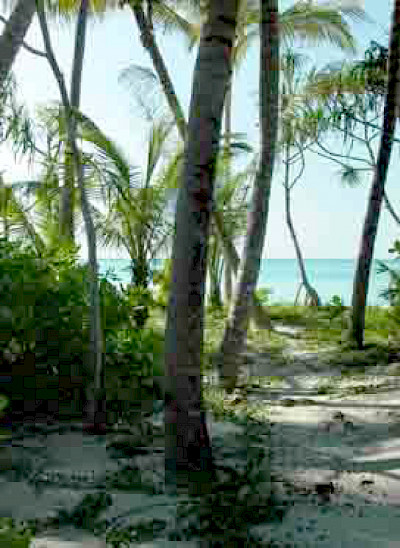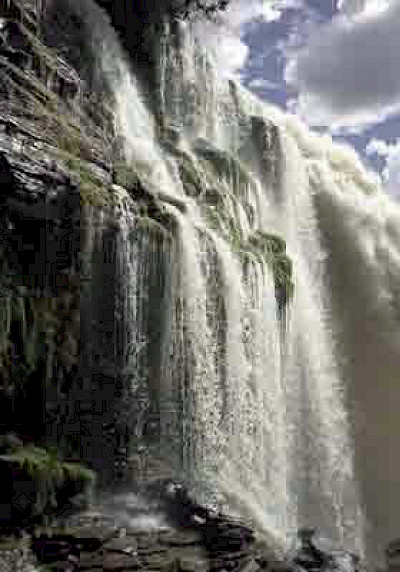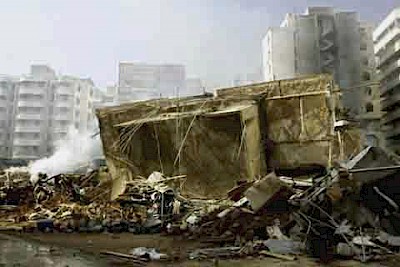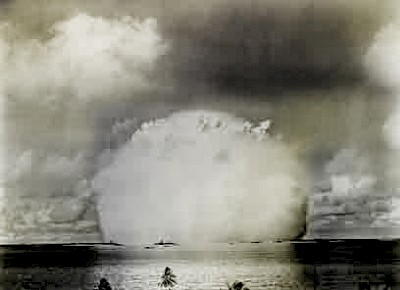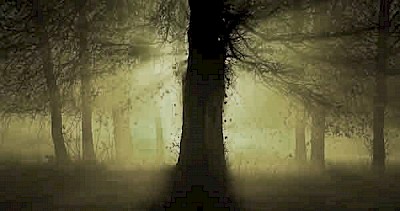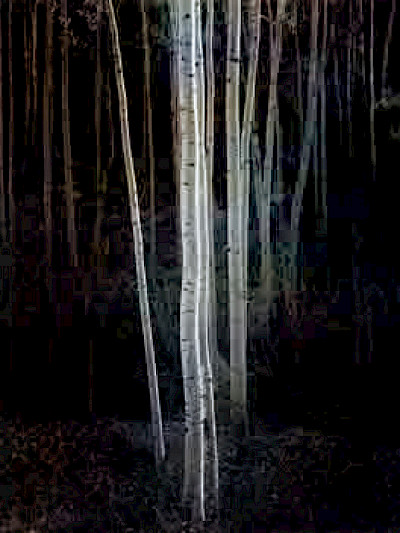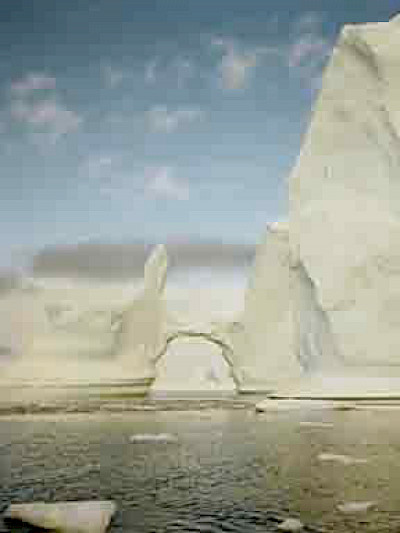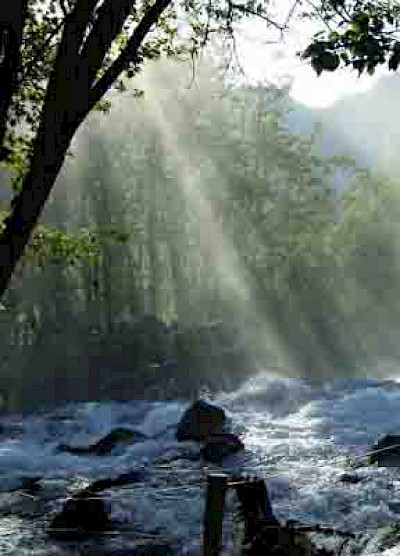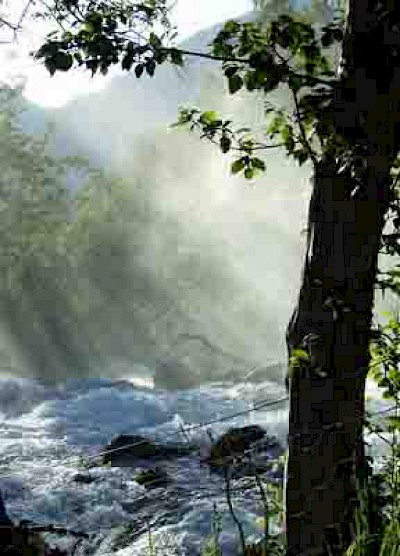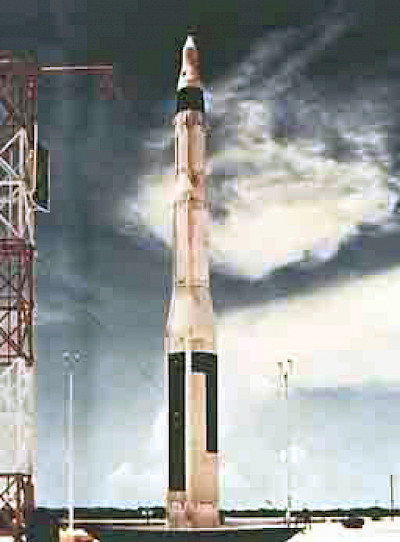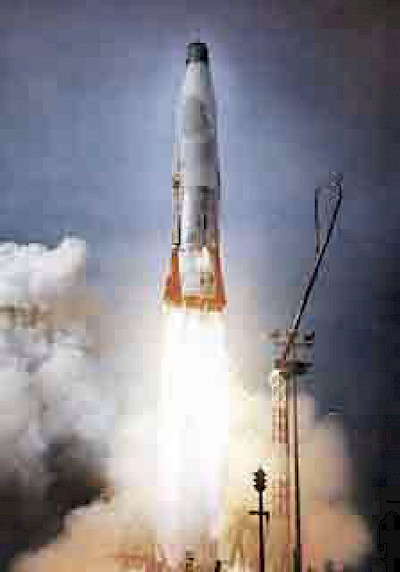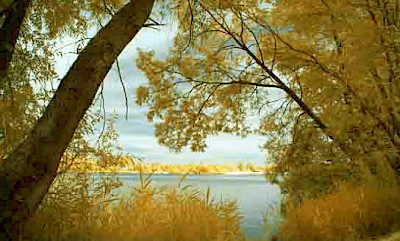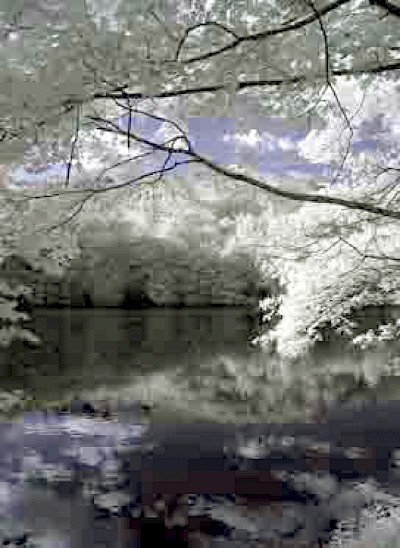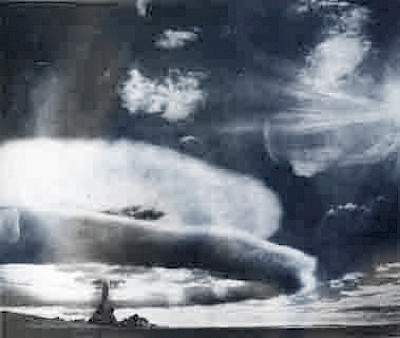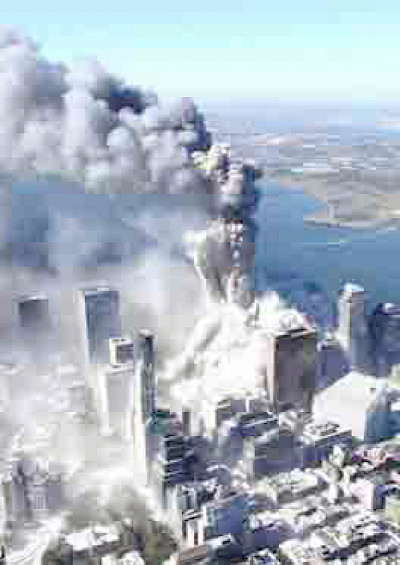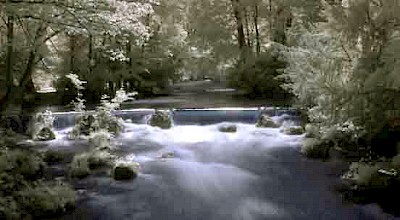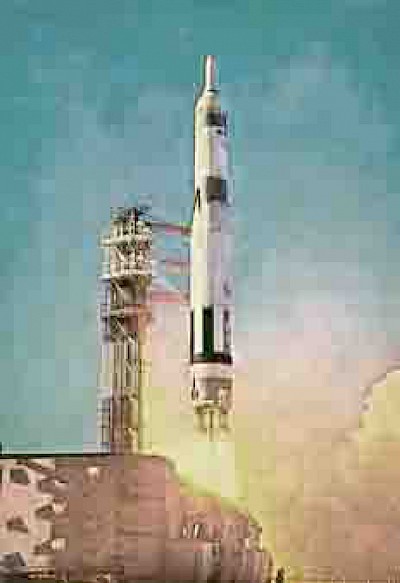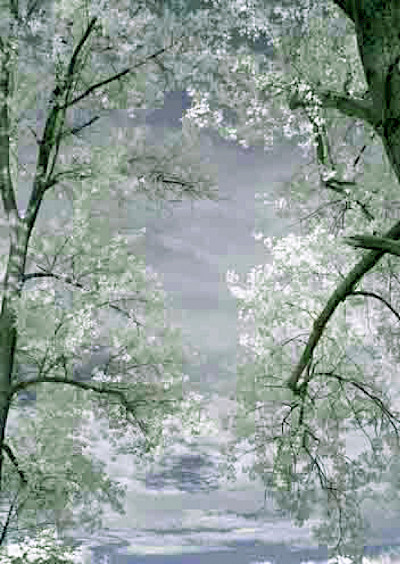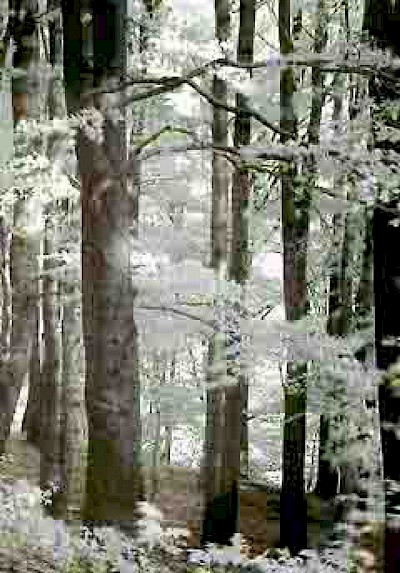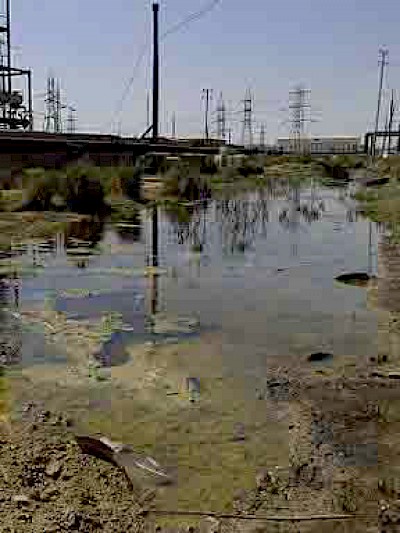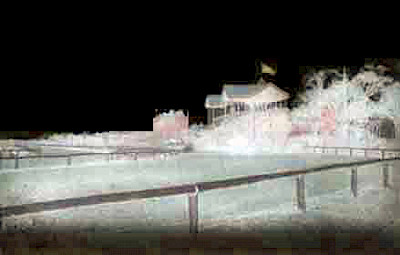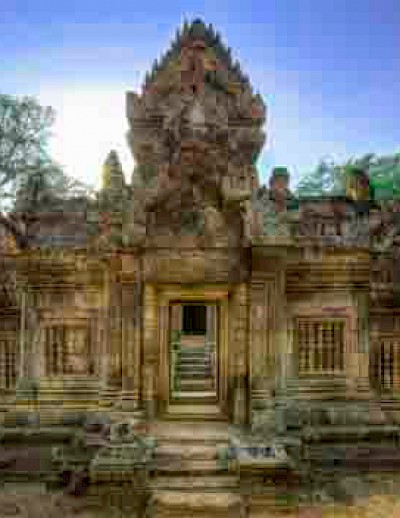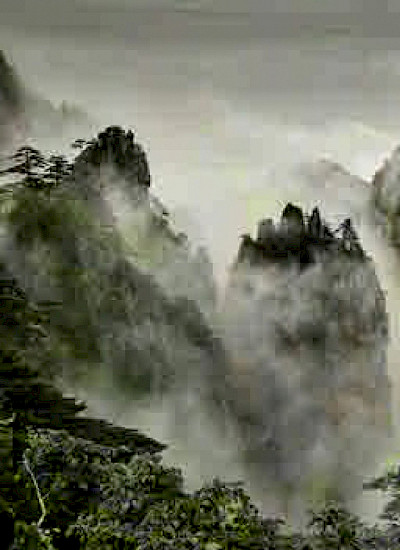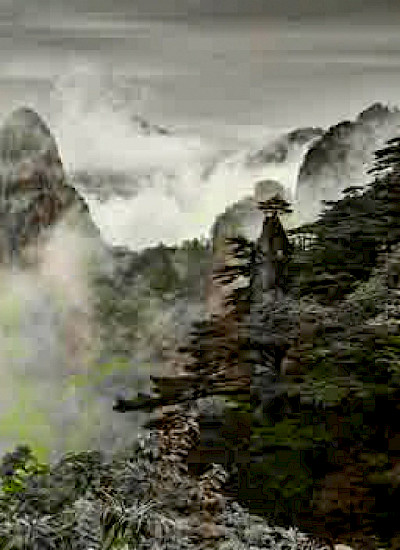jpeg
The visual starting point of the jpegs are images that are distributed worldwide through the Internet, as well as scans of postcards and illustrations from photobooks. The artist was interested in the digital geometrical structure common to the images, which forms the basis of the JPEG format, the standard compression format used for digital images, with which the pixel structure is broken down into image squares of 8 x 8 pixels during the storage process, whereby each image square is compressed independently of the others and simplified according to specific rules. When the image information reduced in this way is displayed enlarged, the respective group of pixels becomes visible as a square block in a grid. This is actually a mistake that is perceived as disturbing; for Thomas Ruff, however, it is an fascinating artifact that can heighten the viewer’s perception. By intensifying the pixel structure and simultaneously enlarging the overall image, the artist creates new images, which, seen up close, resemble a geometric color pattern, but becomes a photographic image when viewed from a greater distance. By using the entire range of images published and discussed globally in recent decades, he makes the series almost a visual encyclopedia of the world of media images and a reflection of its characteristics determined by the medium, from A as in Architecture via I as in Iceberg to Z as in Zero.

jpeg
The visual starting point of the jpegs are images that are distributed worldwide through the Internet, as well as scans of postcards and illustrations from photobooks. The artist was interested in the digital geometrical structure common to the images, which forms the basis of the JPEG format, the standard compression format used for digital images, with which the pixel structure is broken down into image squares of 8 x 8 pixels during the storage process, whereby each image square is compressed independently of the others and simplified according to specific rules. When the image information reduced in this way is displayed enlarged, the respective group of pixels becomes visible as a square block in a grid. This is actually a mistake that is perceived as disturbing; for Thomas Ruff, however, it is an fascinating artifact that can heighten the viewer’s perception. By intensifying the pixel structure and simultaneously enlarging the overall image, the artist creates new images, which, seen up close, resemble a geometric color pattern, but becomes a photographic image when viewed from a greater distance. By using the entire range of images published and discussed globally in recent decades, he makes the series almost a visual encyclopedia of the world of media images and a reflection of its characteristics determined by the medium, from A as in Architecture via I as in Iceberg to Z as in Zero.






